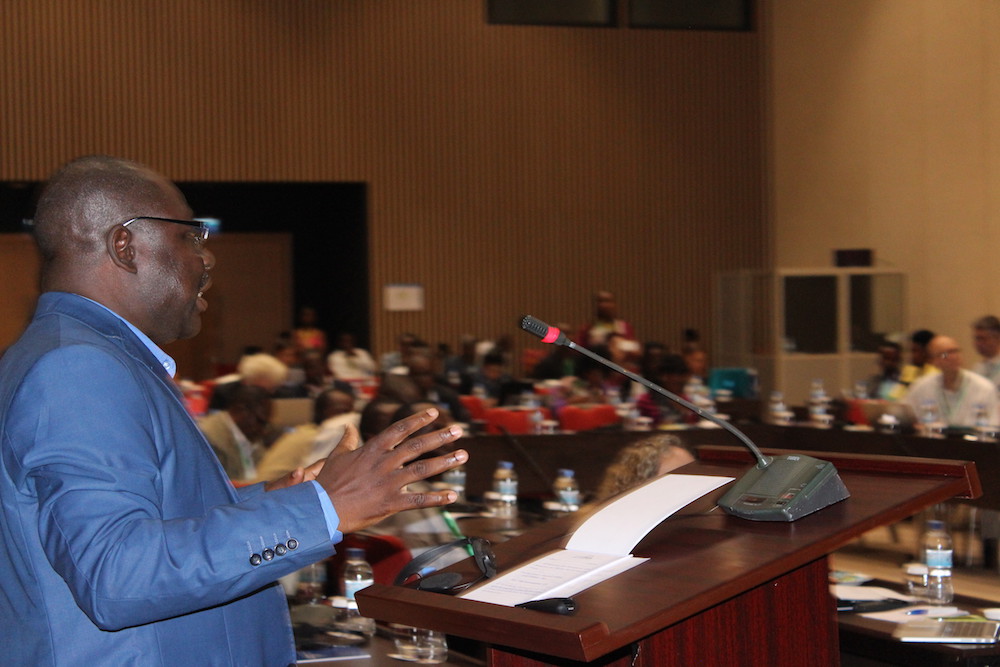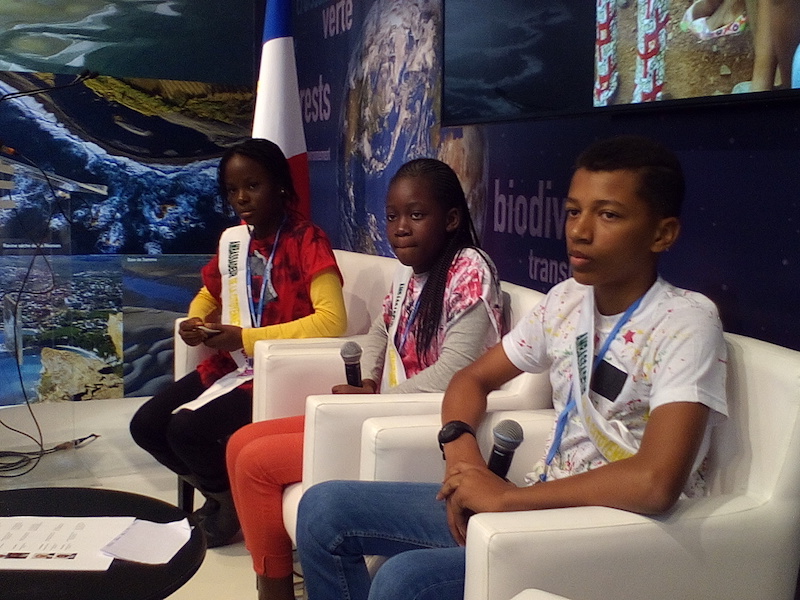
By Elias Ntungwe Ngalame
The involvement of local communities in forest conservation actions at all levels is key to the success of conservation and sustainable use of wildlife resources in the Central African region, experts say.
According to African Wildlife Foundation (AWF), engaging local communities in natural resource management enhances conservation activities including the fight against poaching and wildlife trafficking.
“The local forest communities are key drivers to the fight against illegal and wildlife trafficking and thus the need to empower them in readiness to conservation challenges,” says Manfred Epanda, AWF Coordinator in Cameroon.
In a paper presented at a side event at the Congo Basin Forest Partnership meeting in Kigali November 22, 2016, Epanda emphasized on the need to adequately sensitize and educate the local population on the importance of conservation to their wellbeing.
“Studies by the AWF has shown the direct relationship between the level of education of the population and attitudes towards conservation,” he said
According to the studies, the involvement of the local people in the conservation process will enhance conservation by some 11.40 percent, pointing out much resources including wildlife and money can be saved by improving the attitude and knowledge of local people towards conservation.
Experts agree there is a direct relationship between the natural resource potential of a region and the socio-economic wellbeing of the population who rely on these resources for cash and subsistence income.
“The local population directly rely on their natural resources for survival, but the exploitation of these resources must be done sustainably,” says Richard Eba’a Atyi of CIFOR.
“We do not discourage hunting by the local population as a source of food. The law is against hunting in protected areas and hunting for commercial purposes. This is what the AWF and other partners are against,” says Jef Dupain, Regional Director West Africa, AWF.
Conservation experts also called for reinforcement of wildlife trafficking laws in the Congo Basin forest region to curb increasing illegal poaching activities, especially in protected areas.
Manfred Epanda cited the case of the Dja Faunal Reserve in Cameroon known to be ivory trafficking hotspots, necessitating the reinforcement of the wildlife law and continuous education and involvement of the local population in the protection process.
“ The co-management of protected areas with the local people permit for mastery of the local reality like culture, language, people and provide the opportunity for the population to identify with the project,” he said.
The Dja Faunal Reserve he explained is a UNESCO world heritage site that is facing significant challenges although numerous conservation initiatives are presently ongoing in and around the reserve.
Unfortunately, it attracts the attention of traffickers because it is one of the last remaining refuges for wild apes and many other endangered species in the region, Epanda explained.
Chimpanzees are totally protected wildlife species by the 1994 wildlife law, which stipulates that anyone found in possession of parts of a protected wildlife species, is considered to have killed the animal experts said. The aim is to protect animals like the chimpanzee that are facing serious threats from poaching.
In Cameroon for example according to statistic, some 32 chimpanzee skulls have been seized since the beginning of 2016 during operations carried out under the framework of the wildlife law enforcement initiative started by the Ministry of Forestry and Wildlife (MINFOF) in 2003 to effectively enforce the laws.
MINFOF has since been working hard to ensure that those involved with the slaughter and sale of chimpanzee parts are prosecuted because their acts infringe the wildlife law, experts said.












